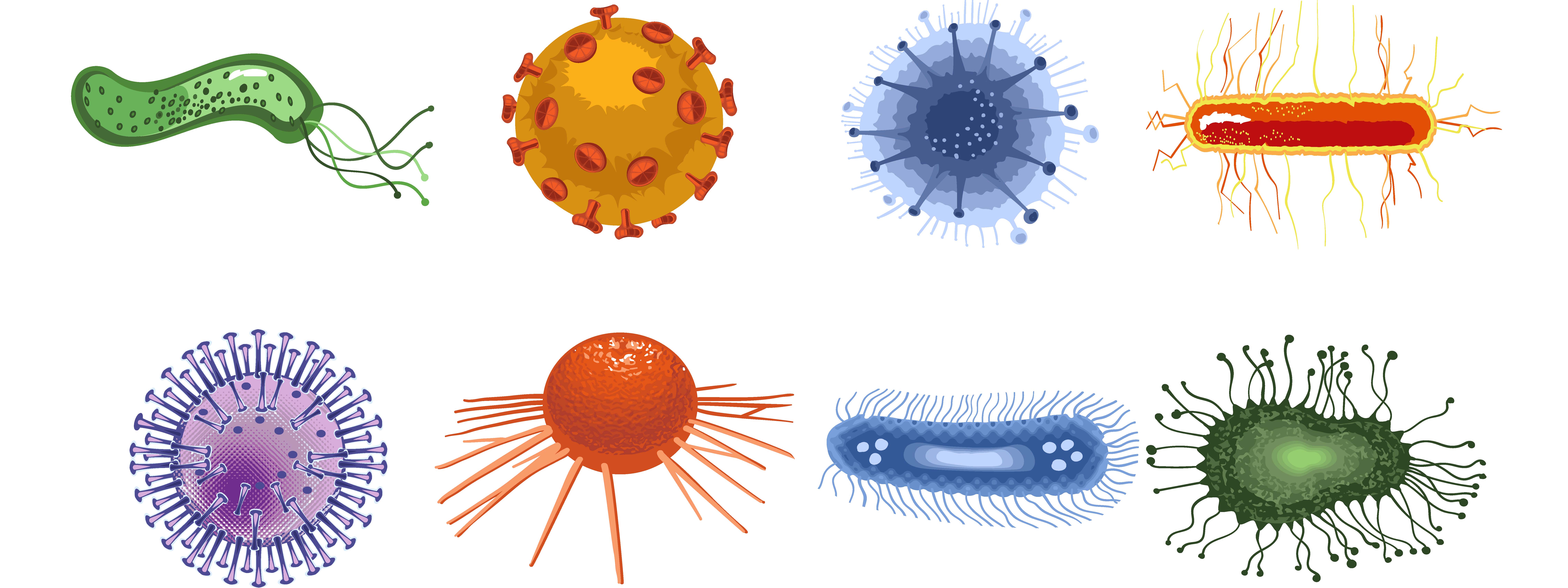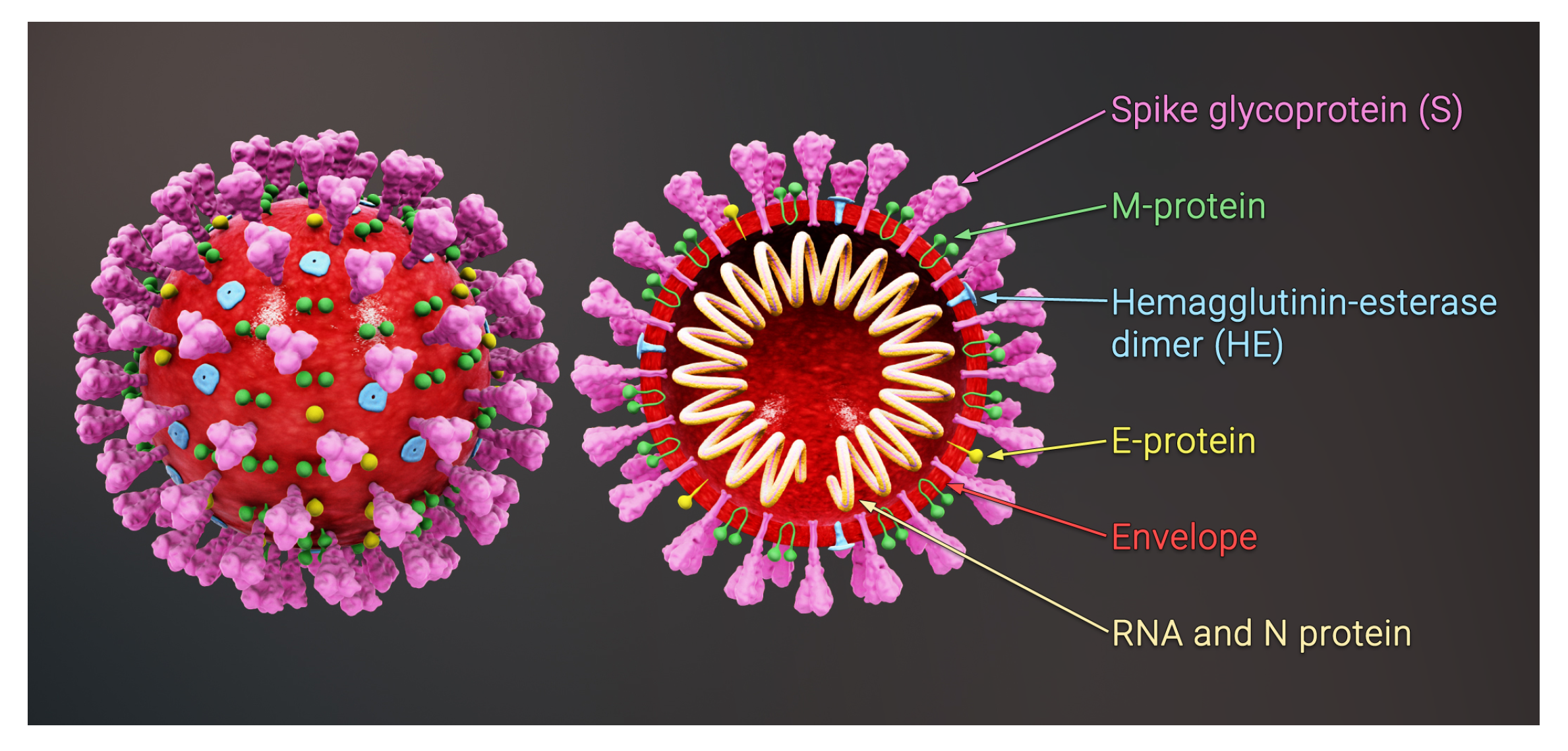Tips To Prevent Viral & Bacterial Infections: What You Need To Know
Are you armed with the knowledge to navigate the invisible world of infections and protect your health? Understanding the nuances of viral and bacterial infections, from their origins to their treatments, is paramount in an era where microscopic threats can quickly escalate into widespread concerns.
The human body, a complex and dynamic ecosystem, constantly interacts with a vast array of microorganisms. Among these, viruses and bacteria stand out as the primary culprits behind a multitude of illnesses. While both can lead to infections, their nature, behavior, and the treatments they respond to differ significantly. Ignoring these distinctions can lead to inadequate care and prolonged suffering. Understanding these differences is the first step toward proactive health management. Take prescribed medication, whether an antibiotic or antiviral, exactly as your provider directs. Vaccinations against viral and bacterial illnesses, administered on schedule, are critical tools for prevention.
To provide a clearer picture of the distinctions between viral and bacterial infections, consider the following table. It will serve as a guide as we delve deeper into understanding and combating these pervasive threats. We will explore prevention strategies, symptom management, and the critical role of informed decision-making in maintaining optimal health.
| Feature | Viral Infections | Bacterial Infections |
|---|---|---|
| Cause | Viruses, non-living entities that invade cells and replicate. | Bacteria, single-celled organisms that can multiply rapidly and cause disease. |
| Examples | Common cold, influenza (flu), COVID-19, measles, HIV. | Strep throat, pneumonia (bacterial), urinary tract infections (UTIs), skin infections. |
| Treatment | Antiviral medications (often used for specific viruses); the body's immune system usually fights off the infection. | Antibiotics, which target and kill bacteria. |
| Prevention | Vaccination (for some viruses), frequent hand washing, avoiding contact with infected individuals. | Vaccination (for some bacteria), hygiene practices, proper food handling. |
| Symptoms | Vary widely, including fever, cough, sore throat, body aches, fatigue. | Often similar to viral symptoms, but can also include pus, specific localized pain, and more severe systemic symptoms. |
| Duration | Can range from a few days to several weeks, depending on the virus and the individuals immune response. | Can vary, but often resolve with appropriate antibiotic treatment within days or weeks. Untreated, they can become chronic. |
| Antibiotics Effectiveness | Ineffective; antibiotics do not work against viruses. | Effective against bacteria, but overuse can lead to antibiotic resistance. |
The cornerstone of defense against infections lies in proactive measures. Consider these crucial tips for minimizing your risk:
- Hygiene is your first line of defense: Wash your hands frequently and thoroughly with soap and water. This simple act dislodges and eliminates pathogens before they can take hold.
- Mind your face: Keep your hands away from your face. This prevents direct entry points for germs through eyes, nose, and mouth.
- Stay informed and get vaccinated: Vaccinations, when available, offer a vital shield against viral and bacterial illnesses. Stay on schedule with recommended vaccinations.
Viral diseases, caused by viruses, impact various parts of the body, including the respiratory system, digestive tract, and skin. The range of symptoms is as varied as the viruses themselves. Bacterial infections, in contrast, are caused by bacteria, single-celled organisms that can multiply rapidly. Bacterial infections may also be the result of secondary infection when the virus initiated the process but a bacteria followed, exacerbating the condition.
The overlap in symptoms between viral and bacterial infections can sometimes make diagnosis challenging. Many signs and symptoms are shared, so a definitive diagnosis often requires careful examination by a healthcare professional and possibly lab tests. Knowing whether it is a viral or bacterial infection is crucial because the treatments are different.
A common example illustrating this difference is in the context of pneumonia. Whats the difference between viral and bacterial pneumonia? All pneumonia is inflammation caused by an infection in your lungs, you may have different symptoms depending on whether the root cause is a virus, bacteria or fungi. Bacterial pneumonia tends to be more common and more severe than viral pneumonia.
However, understanding the specifics can aid in understanding the potential consequences of these infections. Here is a more detailed breakdown of Pneumonia:
| Feature | Viral Pneumonia | Bacterial Pneumonia |
|---|---|---|
| Cause | Various viruses, such as influenza (flu), respiratory syncytial virus (RSV), and others. | Various bacteria, such as Streptococcus pneumoniae, Haemophilus influenzae, and others. |
| Severity | Often less severe than bacterial pneumonia, but can still be dangerous, especially for vulnerable populations. | Can range from mild to severe, and is often more severe than viral pneumonia. |
| Symptoms | Fever, cough (often dry), headache, muscle aches, fatigue. | High fever, productive cough (with mucus), chest pain, shortness of breath. |
| Treatment | Rest, fluids, antiviral medications (if available and appropriate for the virus). | Antibiotics, which are necessary to kill the bacteria causing the infection. |
| Complications | Can lead to secondary bacterial infections, or, in severe cases, respiratory failure. | Can lead to lung abscesses, empyema (pus in the chest), and sepsis. |
| Prevention | Vaccination against the flu and other respiratory viruses, frequent handwashing, avoiding contact with sick people. | Vaccination against pneumococcal bacteria, frequent handwashing, and good hygiene. |
Bronchitis is a condition where the airways leading to your lungs (trachea and bronchi) become inflamed and filled with mucus. It gives you a cough that lasts for two or more weeks. While the illness is usually caused by a virus, bacterial bronchitis can also occur. In many cases we become more concerned that the infection may be caused by a bacterial infection. This is also a good example of the difference between the infections.
In addition to the guidance from your healthcare provider, there are several home remedies to alleviate the symptoms of both viral and bacterial tonsillitis:
- Warm liquids: Drinking warm liquids, such as tea, apple cider, or broth, can soothe a sore throat and provide comfort.
- Gargling with salt water: Gargling with warm salt water can help to reduce inflammation and relieve pain.
- Rest: Getting adequate rest is crucial to allow the body to recover and fight the infection.
- Over-the-counter pain relief: Over-the-counter pain relievers, such as acetaminophen or ibuprofen, can help manage fever and pain.
As you navigate the world of infections, remember that knowledge is power. By understanding the distinctions between viral and bacterial infections, adopting preventive measures, and seeking appropriate medical care, you can empower yourself to protect your health. Should you receive medication, such as an antibiotic or antiviral, always adhere to your provider's instructions. Vaccination, good hygiene, and staying informed about the nature of these invisible threats are the keys to safeguarding your well-being.



Detail Author:
- Name : Willow Crist
- Email : mschroeder@wilkinson.com
- Birthdate : 1979-02-02
- Address : 33327 Augusta Trail Apt. 160 Lake Lueville, NE 81202
- Phone : +1 (256) 919-1358
- Company : Sawayn PLC
- Job : Building Cleaning Worker
- Bio : Enim consectetur nisi reiciendis vel maxime ut. Dignissimos fuga velit occaecati non repellendus eum.